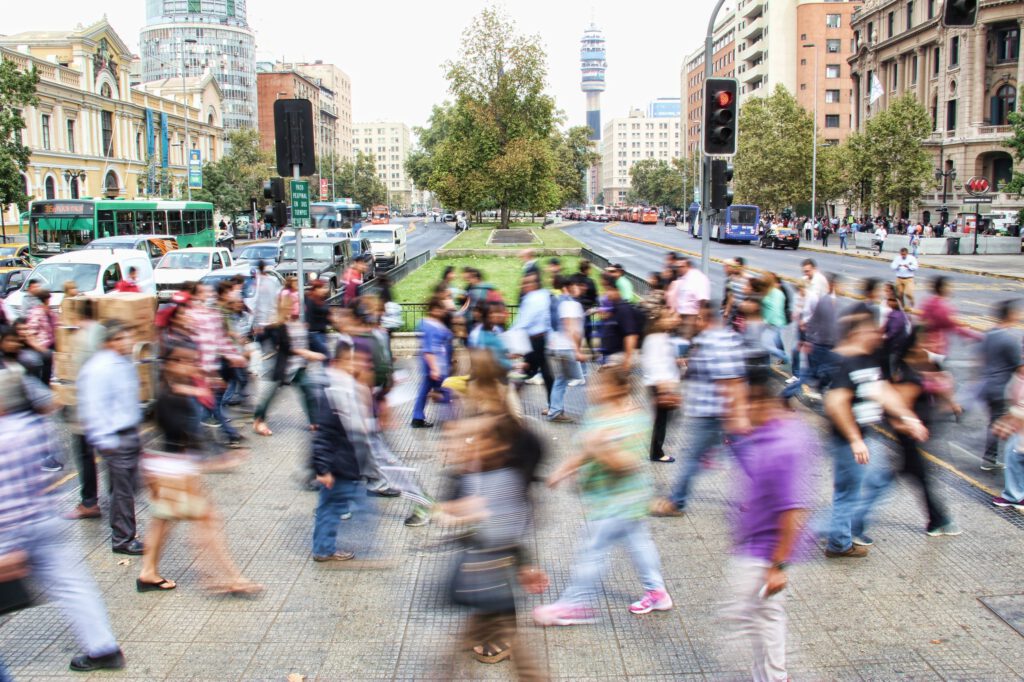Borderless Possibilities: Global Education during COVID-19 Part 1
Part one of a two-part series on global education during the COVID-19 pandemic
Global education provides opportunities for students to build skills to prepare them not only to have success in college and in their careers, but also to engage with the world around them. The COVID-19 pandemic is a kairos moment to press open classroom walls, move desks to the side, and remove the roof so that students can connect globally using the tools and platforms available in the virtual learning environment. Global education can ignite student interest and motivation as students discover their personal agency in the learning process.
Turning lemons into lemonade, teachers have broken down classroom walls and created opportunities for students to explore borderless possibilities through global education. I am a high school Advanced Placement (AP) English teacher from Illinois and an instructor with Moreland University. During this past year of virtual learning due to the COVID-19, I have integrated global education into my curriculum and instruction through an internationally collaborative sustainability project. Join me on a journey to uncover the impacts of global education for my students!
What are global education and global competence?
According to report “PISA 2018 Global Confidence,” global competence is, “…the capacity to examine local, global and intercultural issues, to understand and appreciate the perspectives and worldviews of others, to engage in open, appropriate and effective interactions with people from different cultures, and to act for collective well-being and sustainable development” (PISA, 2018). Students who are globally competent are encouraged to think critically beyond their city’s landscapes. They are motivated to embark on international adventures in all content areas from the comfort of their physical or virtual classrooms.
Global education asks teachers to empower students to understand events and activities through international perspectives. Teachers facilitate global learning through activities as simple as classroom discussions with local and international contexts, or as extensive as internationally collaborative project-based learning units. Global education offers new perspectives and rich worldviews that broaden students’ understanding of the world around them, introducing them to a larger universe to explore.
Sustainable Development Goals: Quality Education Project
Like many educators during this pandemic, I have faced difficulties engaging students. Students have been trapped behind a screen, some not able or willing to turn on their cameras. The struggle has been overwhelming to maintain student excitement and enthusiasm. For this reason, I sought ways to connect students with their peers in the classroom and with the world around them.
I am currently affiliated with a nonprofit organization, United Planet, that has the mission to create a global community by developing one relationship at a time. Global volunteerism, virtual networks, and international connections are at the heart of this humanitarian organization. Advocating for one of their international virtual exchange programs, my district provided funding for an eight-week experience. I took advantage of these funds to create a global-learning experience for students in my AP English classroom as a means to increase engagement in an entirely online learning environment.
This project is called “Sustainable Development Goals: Quality Education.” Students embarked on this journey by interacting with students from Iraq, Jordan, Tanzania, and Greenland. The project aim was to select a sustainable-development problem to discuss and research; the ultimate goal of the project was to creatively develop solutions to issues of sustainability. Students used Moodle and Zoom to exchange ideas, pictures, and insights in collaboration with others from around the world. Each week, students would meet online to discuss their progress and development. The facilitator would give each school and country an opportunity to provide updates on our research, challenges, and presentation creation in each meeting. These collaborative gatherings were primarily student-led. This gave students a moment to reflect, articulate their findings, and discuss next steps in their sustainable development projects. Educators and United Planet staff listened intently while providing feedback both verbally and in the chat.
While unpacking their experiences in this internationally collaborative project, I watched my students transform from lethargic to energized, from bored to curious. The majority of students had never interacted with people from around the world; this was a groundbreaking experience. The world became smaller and the borders became blurrier as students unearthed the idea that we have more in common than we originally thought. The power of collaborative problem-solving with international students expanded their worldviews while bringing into focus interconnectedness and 21st-century skills including collaboration, critical thinking, and information literacy. This project enabled them to work with both their classmates and their global peers to focus on global goals, including quality education, gender inequality, and poverty alleviation to affect social change. What’s more, participating local and international students had to engage in online research to gather data that would support their sustainable development topics and goals.
At the end of eight weeks, each group and country shared a capstone presentation on their identified problem and solutions that can be implemented at a local and global level. In part two of this series, learn more about students’ capstone projects, along with a discussion on student achievement, learning outcomes, and next steps based on this global education learning experience.
Sofia Gonzalez M.Ed., MA



